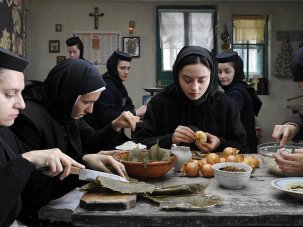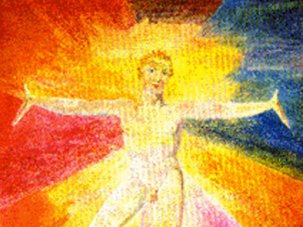from our September 2013 issue
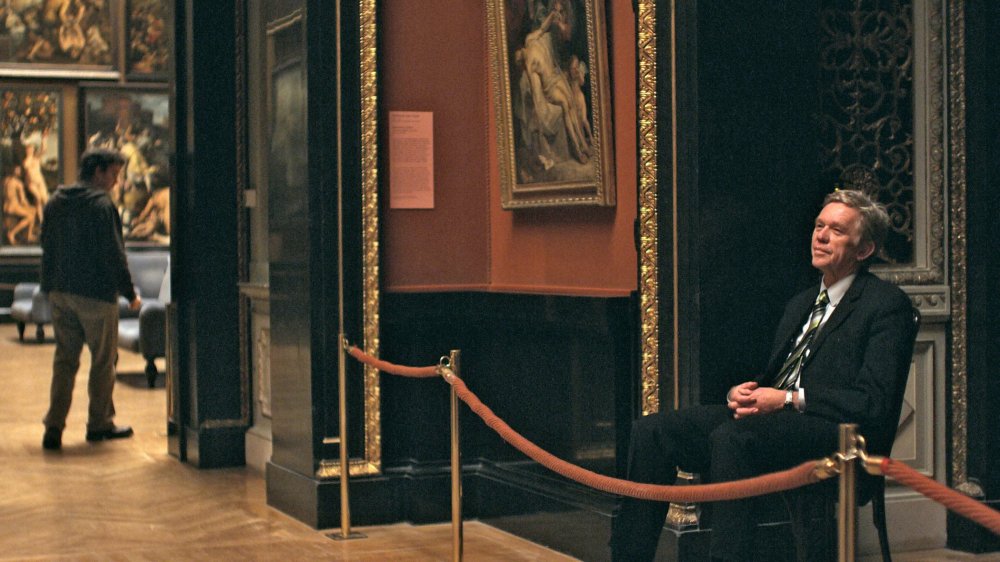
Jem Cohen is a street filmmaker who, like the pavement scavenger in his 1996 short Lost Book Found, collects overlooked and abandoned objects, scraps and corners of the city. Glimpsed for just a second with his static 16mm or super 8 camera, these moments are edited with a photographer’s eye for juxtapositions, into something that falls between film, photobook and stream of consciousness. With their fragmented views, intimate voiceovers and idiosyncratic credits sequences, which thank buskers or footnote books to read, his films resemble diaries rather than slick city symphonies.
|
Austria/USA 2012 Crew Cast In Colour Distributor Soda Pictures |
Yet with only four of his 54 films fitting the feature mould, and these rarely receiving theatrical releases, he remains one of cinema’s outsiders. His restless filmography encompasses newsreels, city portraits, studies of musicians and artists, travelogues and installations but regardless of the format, Cohen only has eyes for the ordinary as he wanders edgelands and forlorn, anonymous public spaces, delighting in pockets of lyricism when corporate homogeneity stumbles.
Unnoticed outliers and fugitives who look sideways on the world are often the protagonists of his documentary-fiction hybrids and Museum Hours is no different, filtered through the gaze of the invisible security guard Johann in Vienna’s grand Kunsthistorisches Museum. Reflecting on its collection, as well as its visitors and their viewing habits in his spare, lucid voiceover, Johann is in many ways a kindred spirit of Amanda, the itinerant cleaner in Cohen’s previous narrative-tinged feature Chain, who observes malls like a kind of human surveillance camera.
Chain mourned these anonymous hinterlands and their debt-ridden, numb denizens (and prophetically did so four years before the economic crash) and the same hypnotic atmosphere shrouds Museum Hours as Cohen roves between close-ups of artworks and the possessed faces of onlookers. But this is a far more hopeful film, revealing the joy and solace that can be found from hours spent looking at art.
It is also many things besides: a tale about the brief but tender friendship between two strangers – Johann and Canadian tourist Anne, adrift in the city while visiting her cousin who lies in coma; a tour of Vienna’s grey streets, neglected architecture and statues; a homage to museums; a plea for imaginative interpretations of art.
And yet it aims higher still, taking in art’s relation to life. As Cohen follows Johann and Anne around the museum and the city, the two places intermingle; just as Cohen took Vivaldi out on to the snowy streets of New York in his 1996 short Winter Movement (Four Seasons) – in which pedestrians read aloud the composer’s notes – in Museum Hours, in an even more ambitious gesture, the faces of passers-by are contrasted with distinguished portraits, while eggshells found at the edges of a still life are then seen among cigarette stubs, a lost glove and other pavement detritus. For a filmmaker who counts paintings and photographers as his primary influences and who has always had a crooked take on reality, this is possibly his most autobiographical film yet, one that reveals as much about his stance on the world as it does about the art it surveys.
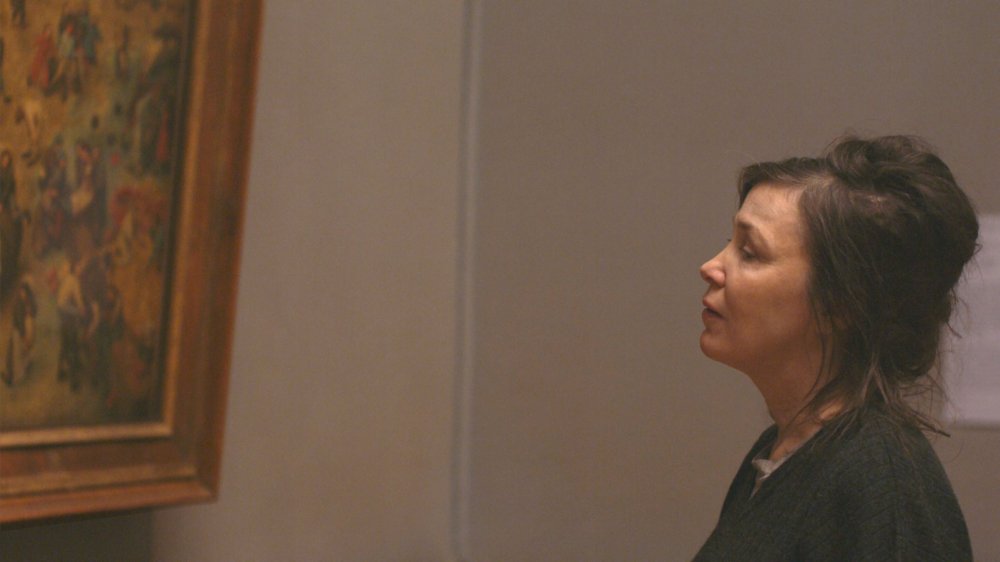
Cohen though never allows Johann and Anne’s relationship to be a contrived framing device for loftier, conceptual ponderings. Non-professionals Bobby Sommer and Mary Margaret O’Hara each play loosely fictionalised versions of themselves, their meandering conversations revealing the odds and ends of their lives, with Cohen’s ear for the pace and pauses of dialogue keeping their exchanges spontaneous.
Emotion is often considered the enemy by experimental filmmakers, but Cohen’s films depend on it. Anne’s strange, lonely predicament as the last relative left to come and talk to an unconscious cousin she lost touch with years ago and her sense of grief at how time has slipped by, is acutely sketched with memories told to Johann, but most devastatingly in sad but entirely unsentimental close-ups of Janet’s body and the cold hospital apparatus.
Johann’s thoughts, meanwhile, thread the film together. As he notes the paintings that awaken bored teenagers, the questions about value that visitors pose, his unfusty and idiosyncratic observations become a leftfield museum soundtrack, floating over Cohen’s inventory of the collection, an oneiric slideshow that proffers suggestions and associations over a definitive interpretation. Artworks flash past, rarely seen in their full, iconic glory (when Cohen pulls back, it’s to watch a visitor take a photograph and the top of the painting is lopped off).
Their makers too mostly go uncredited. Pieter Bruegel the Elder is the exception, the subject of a 10-minute talk from a curator, a digression that slips naturally into the middle of the film. Bruegel, one suspects, is Cohen’s hero. The works of the Flemish Renaissance master have been used as shorthand for impending doom or outright terror in the movies (see Lars von Trier’s Melancholia or William Raban’s Thames Film), but Cohen is more interested in the painter’s prowess as a documentarian, noting everyday moments rather than gory drama and positing how the small sights of a child soldier or a man relieving himself have just as much claim to be regarded as the artwork’s centre as the conversion of St. Paul or the Tower of Babel around them.
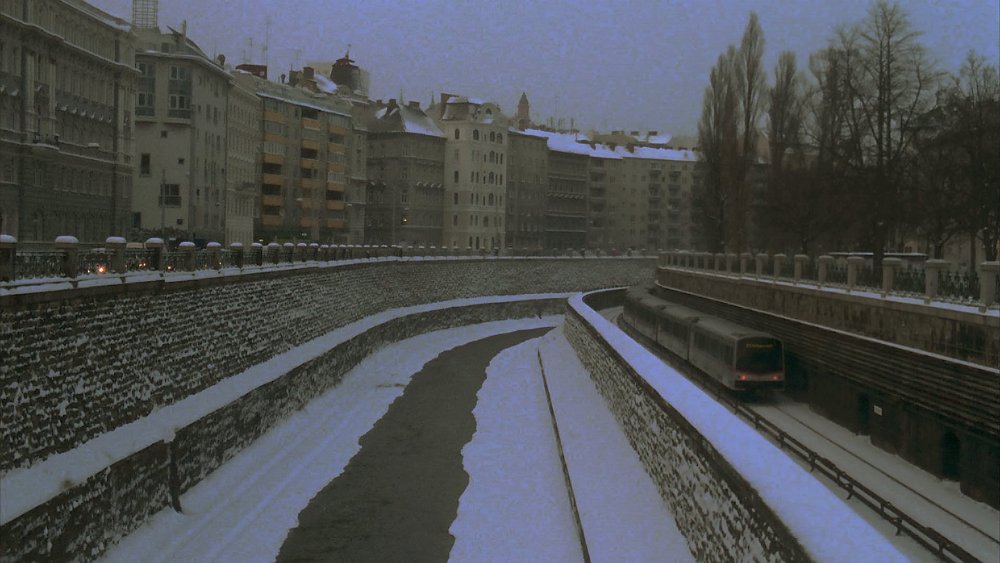
Carried by Johann’s musing and the recorded babble of a museum audio-guide, gradually the film and the gallery drift out onto Vienna’s wintry streets and soon there is no distinction between the two. Cohen’s compositions echo the paintings: a Bruegelian glimpse of a bird framed by branches; a spectacular underground grotto sequence that recalls Rembrandt’s treatment of light and darkness. In a twist on Duchamp’s conceptual prank of bringing a urinal into the hallowed gallery space, Cohen turns his democratic gaze on fellow drinkers, toilet signs and photos on bar walls, in a way that makes them as worthy for contemplation as the images on the museum’s walls.
By the film’s epilogue, the museum is left behind and Cohen’s shots of cranes, a tombstone shop and a silhouetted old lady walking away from us now become the landscapes we peer into as Cohen surrounds them with a black frame.
Transience, another subject buried in his film, now surfaces. It’s perfectly encapsulated in his final images of junk-shop wares but now we realise it’s been there all along, in the memento mori Cohen gathers from the streets, in the sad, knowing eye looming out of the darkness that he singles out from a self-portrait, as well as the jangling hangers left in Anne’s wardrobe as she leaves the city and Johann behind. And, of course, it’s always been there in Cohen’s signature, in the procession of images that glides past and then disappears.
And in the September 2013 issue of Sight & Sound
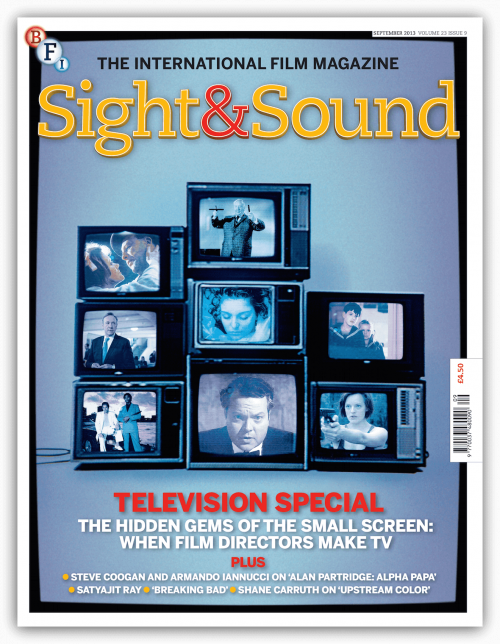
Ways of seeing
In Museum Hours experimental filmmaker Jem Cohen looks at how we look at each other and make connections in a transient world with images of the past and the present. By Sophie Mayer.
-
Sight & Sound: the September 2013 issue
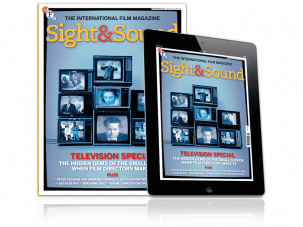
In this issue: Television special – the hidden gems of the small screen: when film directors make TV, plus Steve Coogan and Armando Ianucci on Alan...
-
The Digital Edition and Archive quick link
Log in here to your digital edition and archive subscription, take a look at the packages on offer and buy a subscription.




